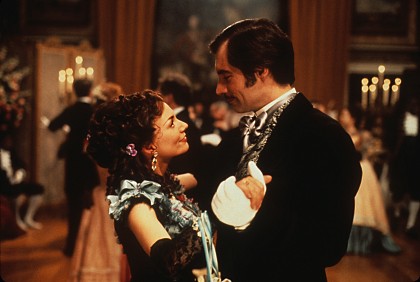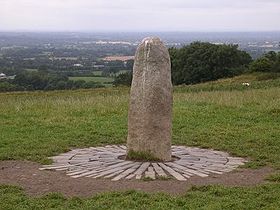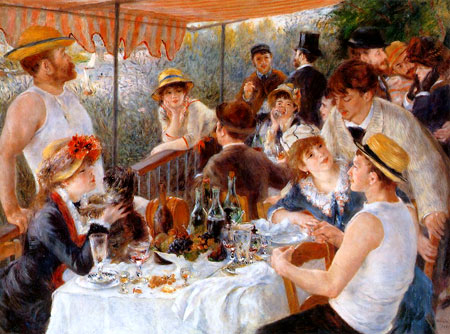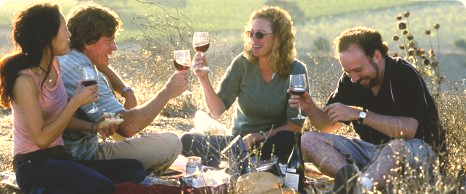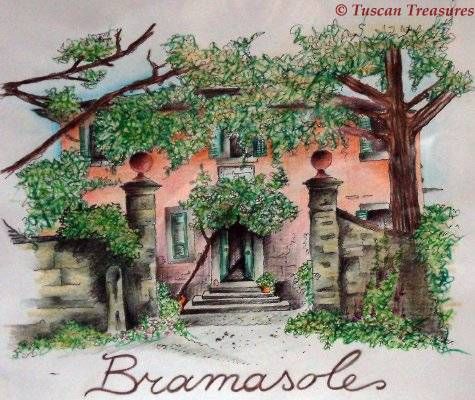I love memoirs and personal tales of motivation, achievement, and best of all, obsession. I also really love historical fiction, especially that which is so well researched that it’s hard to tell what is fact and what is fiction. That’s why my two most recent books really hooked me and why I think you should definitely read at least one of them.
E.L. Doctorow garnered a lot of attention following the publication of his 2005 novel, The March, which was awarded the National Book Critics Circle award for fiction and the PEN/Faulkner award. The March was also a finalist for the Pulitzer Prize and nominated for the National Book Award. I read it; it was a cultural tour de force that gives new insights into the plight of the American South during General Sherman’s march to the sea. If you’ve been reading for a while, you probably already read Ragtime (1975), which has been consistently included on the lists of the 100 best English language books ever written. And, if you are one of my Ohio relatives, you will know that it is most likely Doctorow’s four years at Kenyon College that is bringing him all of his success :).

Image via literallife.wordpress.com
When our book club chose Homer and Langley (2009) for inclusion in our year’s reading, I thought it sounded interesting. The idea that the novel is based on the true story of the Collyer brothers of New York, men who were recluses and hoarders, seemed kind of interesting and ticked all my reading boxes. I figured that in Doctorow’s hands, a story of obsession could be worth reading. Boy, was that the understatement of the year! I devoured this delectable little morsel of New York lore as quickly as possible, given that I was listening to it in the car during my commute to work. After researching the Collyer brothers and reading some reviews, I found that Doctorow turned the somewhat sad story of the eccentricities of these men into a fantasia of historical allusion — kind of a Forrest Gump story that also puts the Collyer brothers in the path of American history. Unlike Forrest, however, America came to the Collyers rather than the Collyers going after it as Forrest did.
I don’t recommend that you learn the true details of the Collyers’ lives first; let Doctorow weave his spell around you before you go to Mr. Internet. I do recommend that you try listening to it as I did. Arthur Morey’s voicing of the two brothers’ story is spell-binding. I can’t imagine hearing them speak any other way. It’s probably at your library in CD version or you could do the free trial of Audible from Amazon.com (let me know how that works out).
And then there’s my other book for this week. Are you a closeted Laura Ingalls Wilder fan? Do you still have your box set of the Little House books that you are saving for your daughter? If so, you will absolutely adore The Wilder Life: My Adventures in the Lost World of Little House on the Prairie (2011) by Wendy McClure.
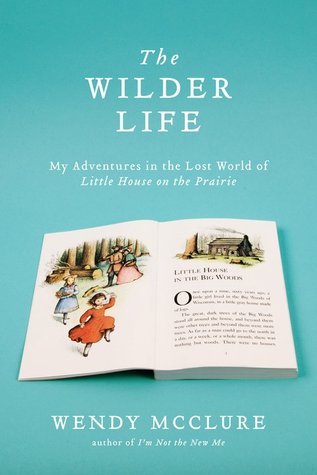
Image via wendymcclure.net
Although it’s probably difficult for anyone to believe, I did not grow up reading the Little House books, nor did I get interested in them when I began to read children’s book as a teacher. I did watch the television show occasionally, but all that earnestness wasn’t really my cup of tea.
That’s why it’s really hard for me to figure why I absolutely loved McClure’s book about tracing the path of Laura Ingalls and her family through their real homesteads. I just had this awesome connection with someone who could be so obsessed with pioneer living that she bought a churn on eBay and actually made butter in her Chicago apartment. How cool is that? Possibly running a close second to my obsessive visits to Tudor castles in England, but that’s surely not the same.
And then I actually went to Wendy’s website and found that she lives in our old neighborhood in Chicago and just got married to Chris. It must be serendipity and I’m going to have to figure out how to be her new best friend. Or not. Maybe that would look too much like stalking her.
If you loved Laura Ingalls and her family, you should definitely read The Wilder Life. If you don’t even know what I’m talking about, forget it and stick with Doctorow. Both are good reads and I recommend them both.
P.S. Just so you know, I want to write this same book about following the path of Louisa May Alcott, which is my dirty little secret. I’ve read everything Louisa — we’re on first name basis — ever wrote, have of course communed with her ghost in Concord, and have stood in the street outside of her Louisburg Square house in Boston, just drinking in the literary air.
P.P.S. Wendy, if you’re reading this because you have a pinger on your web site, don’t steal my idea for the Louisa May Alcott book. It’s mine, even though you did a really good job hooking me into The Wilder Life. Message me, okay? Or comment — either would be good.

